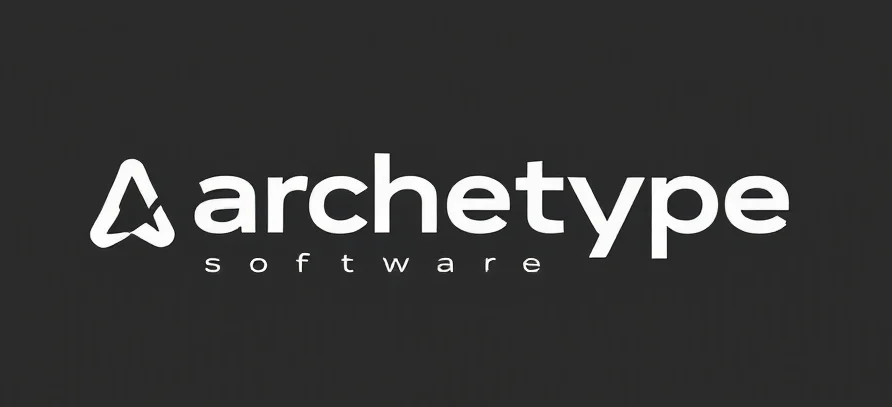Setting Fish: Navigating the Intricate World of Fish Management
Imagine stepping into a bustling fish market, where the shimmering scales of countless species reflect the sunlight. Each fish is a story, a piece of an ecosystem, and a vital part of a delicate balance. This is the world behind the concept of setting fish—a fascinating blend of science, art, and storytelling that reveals how humans interact with aquatic life.
The Story Behind Setting Fish
At its core, setting fish is about more than just catching or placing fish; it’s about understanding their behaviors, habitats, and the subtle cues that guide their movement. Think of it as a narrative where each species has a role, each environment a backdrop, and the goal is to harmonize human activity with nature’s rhythms. The story unfolds through meticulous observation, innovative techniques, and a respect for the complex web of aquatic ecosystems.
From Traditional Tales to Scientific Precision
Historically, fishers relied on experience, intuition, and folklore. They learned to read the water, the weather, and the subtle signs that indicated where fish might be hiding. Fast forward to today, and setting fish is a sophisticated practice rooted in scientific understanding. Researchers analyze fish migration patterns, spawning behaviors, and environmental factors to develop strategies that ensure sustainable practices.
This evolution from myth to method exemplifies how storytelling and data go hand in hand. Every decision about where and when to set fish is backed by a narrative of ecological patterns, making the process both an art and a science.
The Techniques and Technologies
Modern setting fish techniques leverage cutting-edge technology to enhance traditional wisdom. Sonar and underwater cameras allow us to “see” beneath the surface, revealing schools of fish that were once invisible to the naked eye. GPS mapping helps track migratory routes, ensuring that efforts align with natural behaviors rather than disrupt them.
Imagine a storyteller equipped with a high-tech toolkit, reading the water like an open book. These tools help craft a story where human intervention supports, rather than harms, aquatic life. The goal is to create a narrative where fish populations thrive, ecosystems stay balanced, and fishing remains sustainable for generations to come.
Storytelling Through Sustainable Practices
Setting fish is also about crafting stories of sustainability and stewardship. It’s about understanding that every action has a ripple effect—an echo that can be felt across entire ecosystems. By adopting responsible practices, fishermen and scientists become protagonists in a story of conservation, ensuring that future generations inherit vibrant, thriving waters.
This narrative isn’t just about avoiding overfishing; it’s about fostering a relationship with nature rooted in respect and knowledge. Each set of fish becomes a chapter in a larger story of coexistence and resilience.
The Future of Setting Fish
As technology advances, the story of setting fish promises even more fascinating developments. Imagine AI-driven models predicting fish movements with uncanny accuracy or drones scouting vast aquatic territories. These innovations will allow us to write new chapters of sustainable interaction, where the balance between human activity and nature is delicately maintained.
In this unfolding story, humans are not just passive observers but active storytellers and stewards of the aquatic narrative. The future is about creating a harmonious tale where progress and preservation go hand in hand.
Final Thoughts
Setting fish is more than a technical task; it’s a storytelling journey through the watery worlds that sustain us. It’s a testament to human curiosity, ingenuity, and respect for nature’s complex stories. As we continue to develop new tools and deepen our understanding, we become better storytellers—crafting a future where fish populations flourish and ecosystems remain resilient.
If you’re intrigued by how this story unfolds and want to dive deeper, check out the full article on setting fish. It’s a narrative worth exploring for anyone passionate about the intersection of technology, ecology, and storytelling.
Checkout ProductScope AI’s Studio (and get 200 free studio credits)
